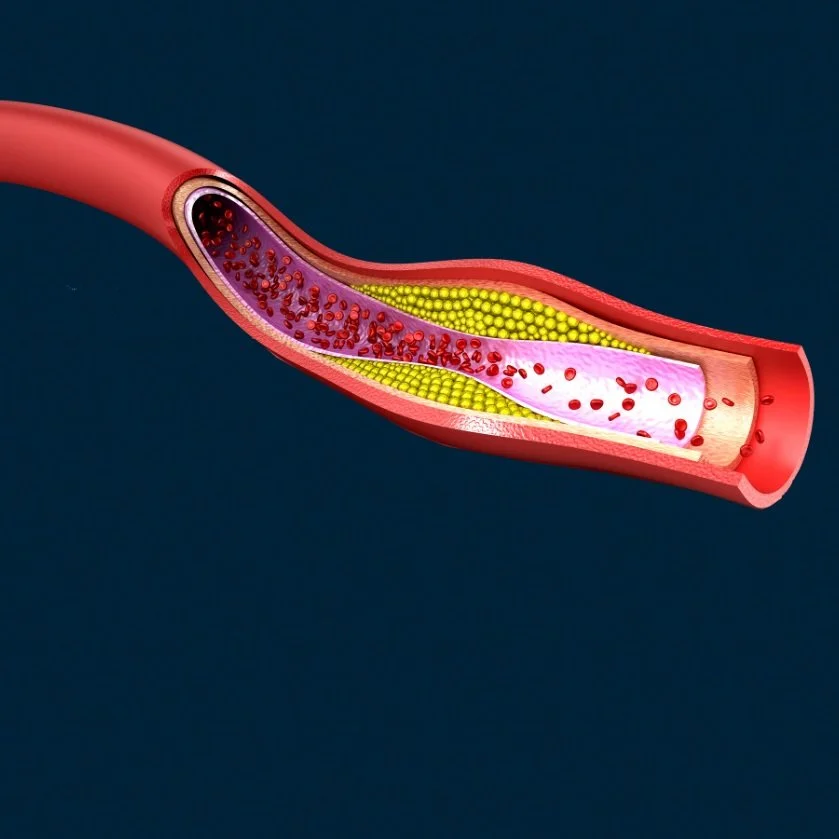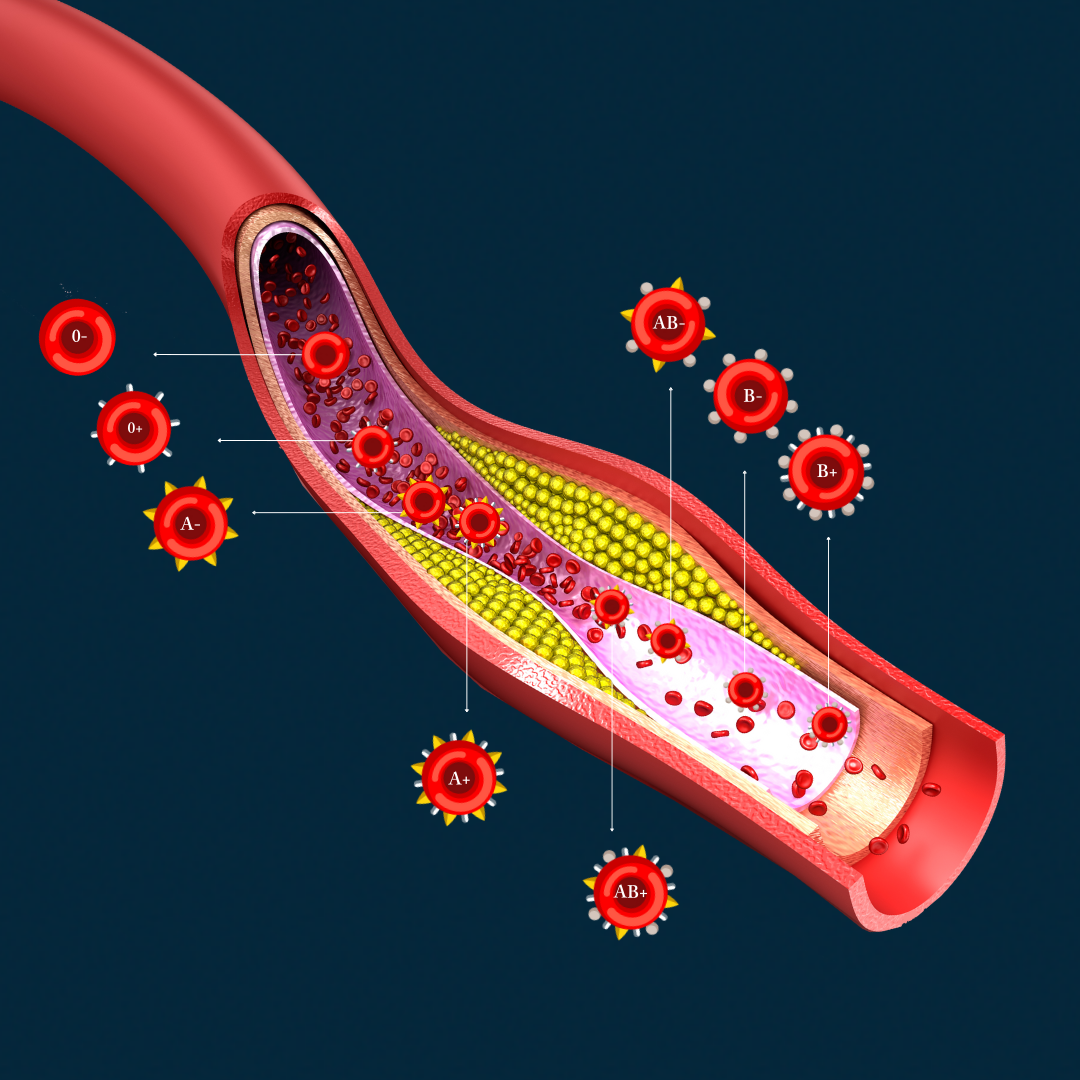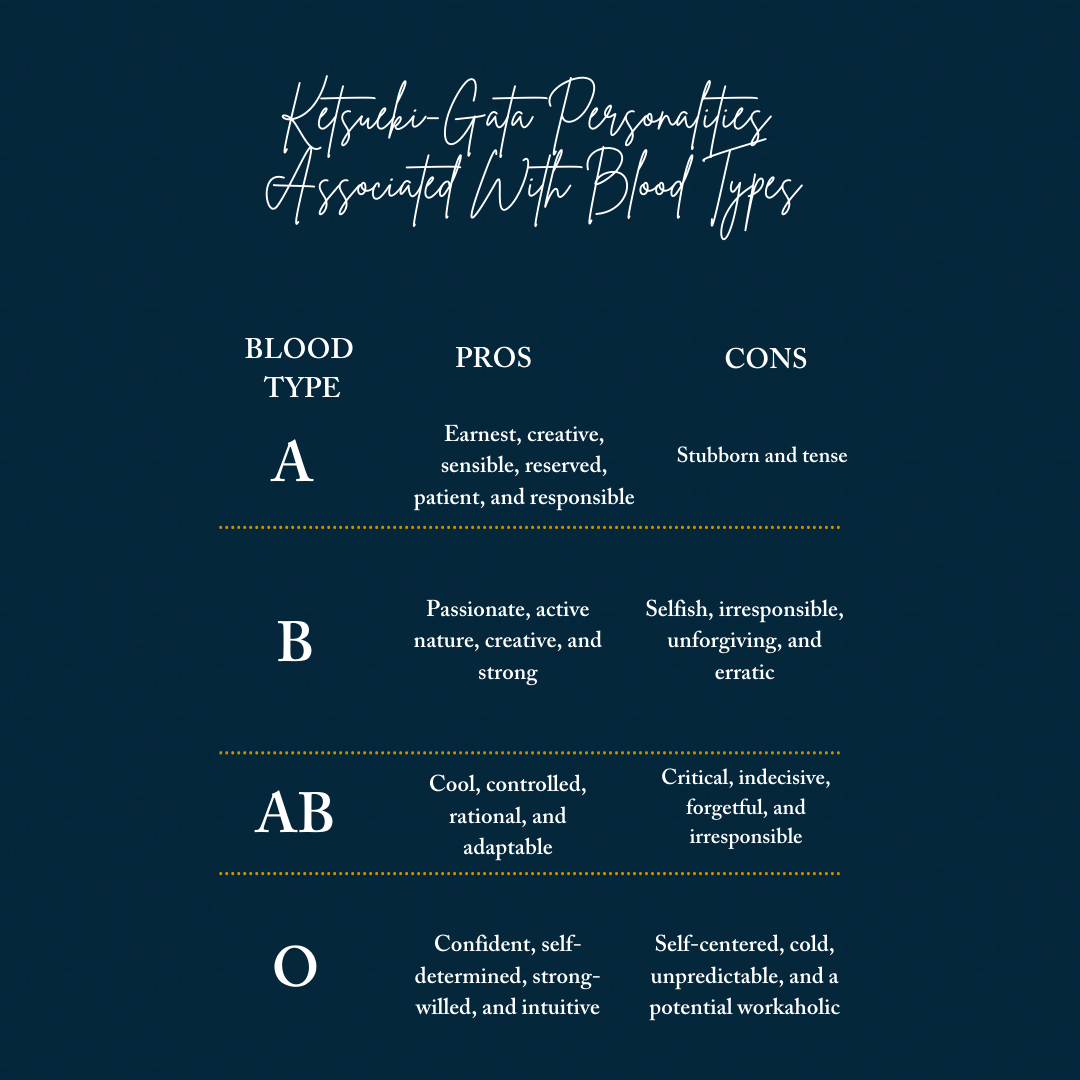What Does Your Blood Type Say About You?
Can your blood type make you prone to certain diseases? While some experts say any possible effect blood type plays on health is insignificant at best, others say there’s a valid connection.
“The ABO antigens that make up our blood type are not only expressed on the surface of red blood cells, but they are also present in other human tissues as well,” says Dr. Sharma. “This provides the basis for ABO blood type to have clinical significance for various health outcomes outside the blood system.”
What might some of those health outcomes be? According to Northwestern Medicine, studies show that:
People with type O blood have the lowest risk of heart disease while people with B and AB have the highest.
People with A and AB blood have the highest rates of stomach cancer.
People with type A blood can have a harder time than others managing stress because they often produce more of the stress hormone cortisol.
But when it comes to blood type and COVID-19 patients—the disease of the moment—there’s good news. According to a recent study from Harvard Medical School researchers published in the journal Annals of Hematology, blood type has no effect on how sick one becomes with coronavirus (despite initial claims that it might).
What’s My Blood Type?
Your blood type is inherited from your parents—and you can’t change it anymore than you can change your eye color.
Each parent contributes one of their two A, B, or O alleles (a form of a gene) to a baby’s blood type. The O allele is considered recessive, which means it’s not always expressed. So if a woman with OO alleles has a baby with a man who has BB alleles, the baby will have a B blood type.
Can a baby ever have a blood type different from its parents? “It’s certainly possible,” says Deva Sharma, MD, MS, a hematologist-oncologist at Vanderbilt University Medical Center in Nashville, Tenn. “For example, an AO mother will have blood type A, and a BO father will have blood type B. However, there is a 25% chance they could have a baby with the blood type O (with inheritance of the OO alleles), and a 25% chance they could have a baby with an AB blood type (with inheritance of the A allele from the mother and the B allele from the father).”
How Do I Find Out About My Blood Type?
There are three ways you can find out your blood type.
Your healthcare provider can order a blood type test.
You can donate blood. A typing test will be done and the results sent to you.
You can purchase an at-home blood typing test. These tests usually involve pricking your finger and putting a drop of blood on a chemically treated card that looks for antigens and the Rh factor. You then match what you see on the card to a provided guide. Other tests may involve a saliva sample.
These tests aren’t foolproof, though. “There are certain scenarios in which we find discrepancies in our blood typing,” says Dr. Sharma. “This can occur in a person with a blood cancer, for example, or in someone who has had a recent blood transfusion or stem cell transplant.”
At WYLD Chiropractic we provide you with a personalised care plan which is your own road map to your ideal health destination. What if reaching “pain free” is only the first stop along the route to ideal health. What we know as chiropractors, is pain is a symptom of often a much greater picture.
Pain is incredibly motivating and is often what takes us to the Chiropractor in the first place, but if our final destination is only “pain free palm springs”, we often miss out on “optimal health oasis.” We want you to experience all Chiropractic has to offer, beyond pain relief. So remember, your brain is changing one adjustment at a time. “Life is not a single event; it is an ongoing dynamic process” 4 . Getting your spine and nervous system checked consistently by a chiropractor helps you adapt to an ever changing life. Your body is full of potential, let’s see how far you can go!
What To Expect At Your First Chiropractic Visit
An initial Chiropractic exam for back pain will typically have three parts: a consultation, case history, and physical examination. Laboratory analysis and X-ray examination may be performed.
Consultation. The patient meets with the chiropractor and provides a brief synopsis of his or her lower back pain, such as:
Duration and frequency of symptoms
Description of the symptoms (e.g. burning, throbbing)
Areas of pain
What makes the pain feel better (e.g. sitting, stretching)
What makes the pain feel worse (e.g. standing, lifting).
Case history. The chiropractor identifies the area(s) of complaint and the nature of the back pain by asking questions and learning more about different areas of the patient's history, including:
Family history
Dietary habits
Past history of other treatments (chiropractic, osteopathic, medical and other)
Occupational history
Psychosocial history
Other areas to probe, often based on responses to above questions
Physical examination. A chiropractor may utilize a variety of methods to determine the spinal segments that require chiropractic treatments, including but not limited to static and motion palpation techniques determining spinal segments that are hypo mobile (restricted in their movement) or fixated. Depending on the results of the above examination, a chiropractor may use additional diagnostic tests, such as:
X-ray to locate subluxations (the altered position of the vertebra)
A device that detects the temperature of the skin in the paraspinal region to identify spinal areas with a significant temperature variance that requires manipulation.
Chiropractors are trained in a variety of methods to assess the underlying cause of the problem, including:
Evaluation and management services. Chiropractors are trained in examining the joints, bones, muscles and tendons of the spine, head, extremities and other areas of the body with the purpose of noting any misalignment, tenderness, asymmetry, defects or other problems.
Neurologic and other common physical examination procedures. Chiropractors are trained to perform a variety of neurologic tests (nerve root compression/tension, motor strength, coordination, deep tendon and pathological reflexes, etc.) and are skilled in performing orthopedic, cardiovascular and many other common examinations.
Specialised assessment. Chiropractors are trained to assess range of motion, stability, muscle strength, muscle tone and other assessments with the lower back.
Common diagnostic studies. Chiropractors are trained in use of diagnostic studies and tools such as radiography (X-rays), laboratory diagnostics and neurodiagnostics.
References
1. https://www.biomedcentral.com/about/press-centre/science-press-releases/15-01-2015
2. https://www.ncbi.nlm.nih.gov/pmc/articles/PMC8286549/
3. https://pubmed.ncbi.nlm.nih.gov/9136280/
4. https://www.elcaminohealth.org/stay-healthy/blog/knowing-your-blood-type-more-important-you-think
5. https://elifesciences.org/articles/65658
6. https://www.nm.org/healthbeat/healthy-tips/what-does-your-blood-type-mean-for-your-health
8. https://www.frontiersin.org/articles/10.3389/fcimb.2021.767771/full
9. https://www.medrxiv.org/content/10.1101/2021.07.12.21258824v1.full.pdf
10. https://www.singlecare.com/blog/blood-types/
13. https://www.thehealthy.com/weight-loss/secrets-your-blood-type-reveals-about-you/
14. https://www.pennmedicine.org/updates/blogs/health-and-wellness/2019/april/blood-types





